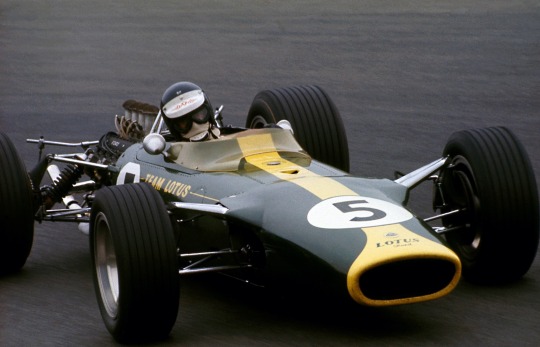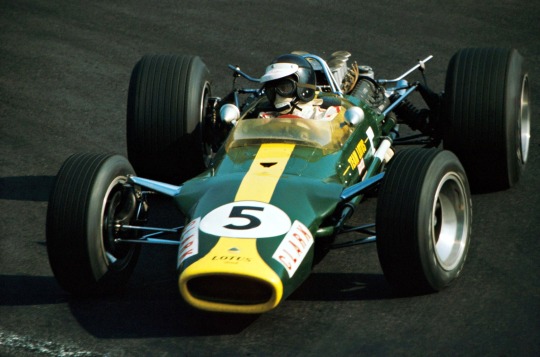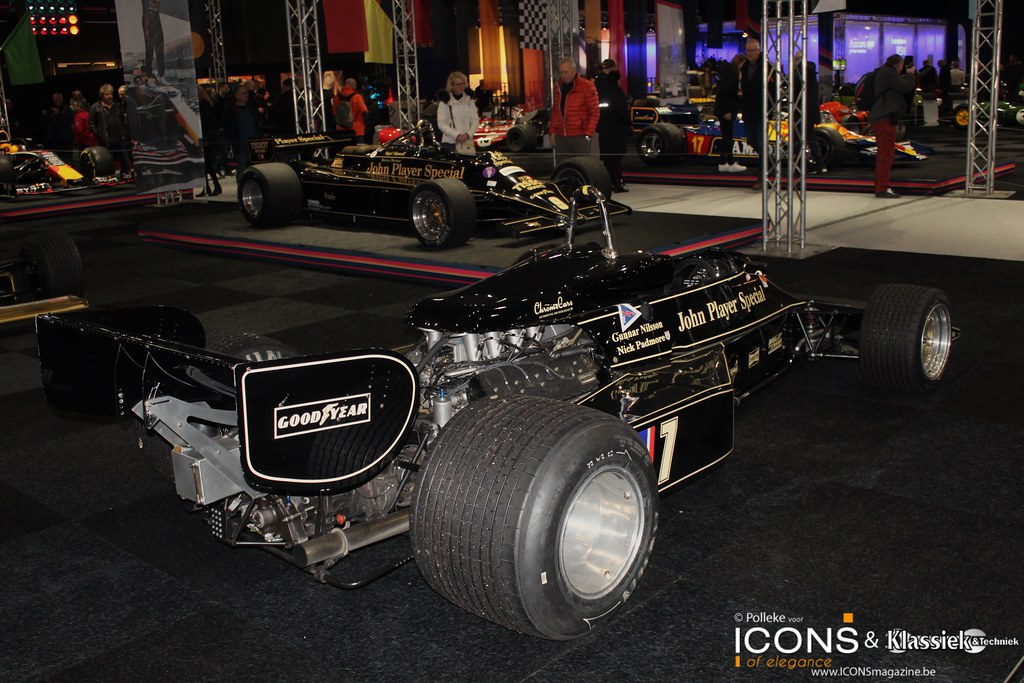#lotus ford
Explore tagged Tumblr posts
Photo

Revell’s Mr. Rat Fink in Lotus Ford model racer.
#revell#revell model cars#model cars#rat fink#revell hobby kits#ed roth#ed big daddy roth#big daddy#lotus ford#scale model cars#vintage model kits
480 notes
·
View notes
Text

Jim Clark (Lotus 49 Ford-Cosworth) vainqueur du Grand Prix des Pays-Bas - Zandvoort 1967. © David Phipps ! Motorsport. - source Carros e Pilotos.
102 notes
·
View notes
Video
01.Lotus-Ford '81 type 87 ex.Nigel Mansell by Paul Vanrusselt
3 notes
·
View notes
Text
Gonna be honest, I'm a bit disappointed that the fandom hasn't really tried to extrapolate what a Dipperland would be like, a dream bubble prison meant to entice specifically Dipper into staying the way Mabelland did for Mabel, particularly since we know what Mabelland was originally going to show Dipper thanks to the episode commentaries. I'd like to think that in contrast with Mabelland, which was very obviously indulging in Mabel's desire to escape into fantasy and never grow up, to the point that Mabel is somewhat aware of what Mabelland is doing, if not to what extent, why, or what's really outside of it, Dipperland would essentially leave Dipper in the dark about being in a prison and essentially play an idealized version of his life on fast-forward, where he and Mabel get to stay in Gravity Falls, he gets to study under Ford, their parents move to Gravity Falls, and several other things happen that sound too good to be true if they happened all at once, but the time skips/dream logic causes Dipper to not question it that much. Like, Ford eventually bringing Tyrone back, for example.
#gravity falls#dipper pines#bill cipher#mabel pines#stanford pines#stanley pines#weirdmageddon#mabelland#tyrone#Tyrone gravity falls#Mason pines#I'm a sucker for the lotus Eater trope dangit#and the angst this would make#gravity falls dipper#gravity falls mabel#dipper and mabel#dipper#mabel#bill ci the triangle guy#grunkle stan#grunkle ford#escape from reality
741 notes
·
View notes
Text




Caterham Seven CSR Twenty, 2024. A special edition that celebrates 20 years of the CSR chassis. It features Caterham's most compliant chassis and includes inboard front and fully independent rear suspension. Power comes from a 210bhp variation of the 2.0 litre Ford Duratec engine. Production will be limited to 20 cars
#Caterham#Caterham Seven#Caterham Seven CSR Twenty#2024#20th anniversary#limited edition#special edition#Lotus Seven#open roof#Ford Duratec
174 notes
·
View notes
Text
How successful would Rick Deckard…

Would you like to submit a character? Click this link if you do!
#could they be a pro wrestler#rick deckard#harrison ford#blade runner#phillip k dick#philip k. dick#philip k dick#do androids dream of electric sheep#blade runner 2049#blade runner au#blade runner black lotus#james purefoy#1980s movies#1980s film#1980s cinema#science fiction#ridley scott#denis villeneuve#tumblr polls#polls#character polls#fandom polls#wrestling#wrestling polls#poll time#hyper specific poll#poll game#wwe#professional wrestling#pro wrestling
14 notes
·
View notes
Text

Jochen Rindt and Colin Chapman.
#jochen rindt#colin chapman#lotus#lotus72#motorsports legends#motorsports#legends#racing legend#legend#f1legend#f1 fandom#classic f1#racing#automotive#automobiles#carenthusiast#cars#car culture#classic car#world champion#cosworth#ford motor co#ford#v8#v8power
17 notes
·
View notes
Text
What's your favorite 1960s coupe or sports car? (not exclusive to those pictured)


















#cars#sports cars#pony cars#muscle cars#grand touring cars#lotus europa#porsche 911#jaguar e type#ferrari dino#mazda cosmo#aston martin db5#shelby cobra#chevrolet corvette#opel gt#ford mustang#amc javelin#fiat 124 spider#renault caravelle#lamborghini miura#toyota 2000gt#karmann ghia#alpine a110#1960s#mid century#roadster#sunbeam tiger#sunbeam alpine
13 notes
·
View notes
Text

Lotus Cortina. A car made by Ford, and then modified by Lotus.
10 notes
·
View notes
Text

7 notes
·
View notes
Text

#corgi#toys#batman#lotus#ford tractor#kennel club#mini#cooper s#lotus elan#elan#Bentley#bedford#bedford truck#batmobile#batboat
13 notes
·
View notes
Text

Jim Clark (Lotus 49 #R1 Ford-Cosworth) vainqueur du Grand Prix du Mexique 1967. © Sutton / Motorsport. - source Carros e Pilotos.
69 notes
·
View notes
Video
01.Lotus-Ford '76 type 77 ex.Gunnar Nilsson by Paul Vanrusselt
1 note
·
View note
Text

Mid-Engine SilhouetteHistory
Silhouettes of 35 mid-engine sports cars. How many of them do you recognize?
Home | Shop | Special Tees | Index | FB | Insta | Newsletter
Buy me a coffee!
#silhouettehistory#alfa romeo#alpine#audi#bugatti#chevrolet#cizeta#de tomaso#ferrari#ford#hennessey#honda#jaguar#lamborghini#lancia#lotus#magna#maserati#mazda#mclaren#mercedes-benz#nissan#opel#porsche#sports car#supercar#mid-engine#car#silhouette#history
13 notes
·
View notes
Text

24 notes
·
View notes
Text

A rare Ford Lotus Cortina Mk2 Crayford Convertible at the Plum Festival Classic Car Show, Pershore. report and photos from the show in the latest issue of Classic and Competition Car magazine. Free to read at www.classcompcar.com
#Ford#Cortina#Lotus#Crayford#Convertible#FordCortinaMk2#FordCortinaLotusMk2#FordLotusCortinaMk2CrayfordConvertible#CortinaConvertible#Cars#Classiccars#1960s#Britishcars
8 notes
·
View notes
